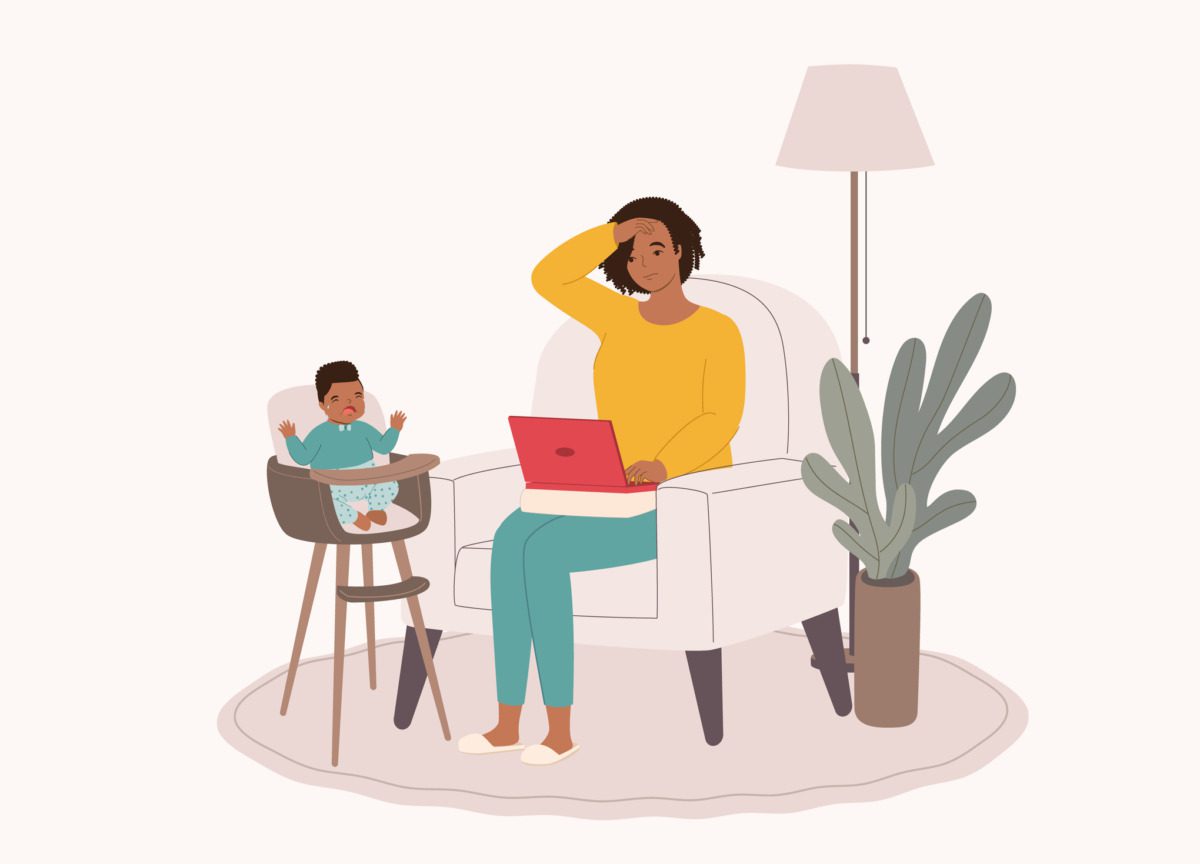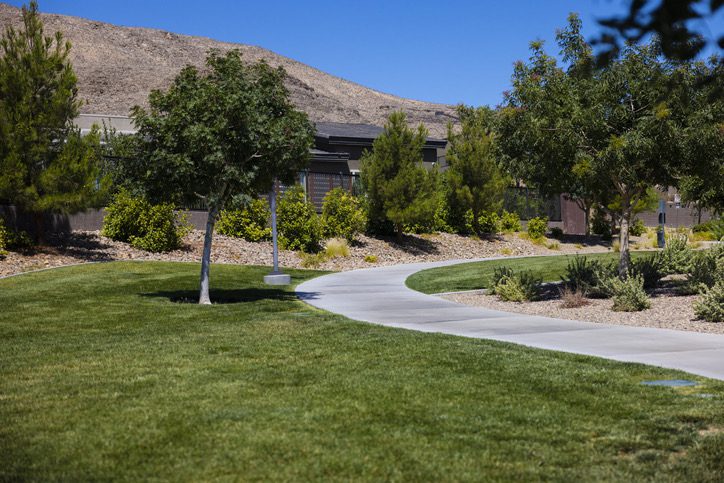
simplehappyart/iStock/Getty Images Plus/Getty Images
Originally published by The 19th
Your trusted source for contextualizing the news. Sign up for our daily newsletter.
As many as 28 percent of single mothers live in poverty — a statistic that towers over the poverty rate for single dads (15 percent) and married couples (5 percent).
Part of the reason: Mothers experience a pay gap at work, which is recognized August 7 on Moms’ Equal Pay Day. Moms working full time, or at least 35 hours a week, earn about 71 cents for every $1 paid to White, non-Latino fathers. (If part-time workers are included, that number drops to 63 cents.) Mothers of color earn even less: Latina and Native American moms working full time are paid a comparative 51 cents and Black mothers 52 cents.
Single mothers overall earn about 56 cents for every $1 paid to all dads.
According to new research by the progressive think tank the Center for American Progress (CAP), first shared exclusively with The 19th, the overrepresentation of women in low-wage jobs has driven poverty rates for moms, and especially single moms, who often do work that is “undervalued and underpaid,” said Isabela Salas-Betsch, a research associate in CAP’s Women’s Initiative.
“This dynamic suppresses the median income of single moms, and as a result, single mothers are more likely to fall below the poverty line than other single dads or married parents,” she said.
About 3 million mothers work in the 40 lowest-paid occupations, earning $16 an hour or less as child care workers, home health aides, waitresses or cashiers. Among the estimated 7.3 million single mothers in the United States, 76 percent are working full time — higher than the rate for married moms — but earn a median annual income of $40,000. It’s even lower for Black single moms ($38,000) and Latina single moms ($34,000), CAP found. For single dads, the median income was 43 percent higher ($57,000) and for married moms it was 50 percent higher ($60,000).
Care responsibilities play a key role in widening the pay gap, a reality that was uncovered by Harvard economist Claudia Goldin. She found that the gap begins to emerge when a woman has her first child. Women are penalized in the form of limited career opportunities, or a loss of time at work as they tend to other responsibilities such as child care and elder care. Both of these can lead to lower pay. Men, meanwhile, experience the “fatherhood bonus” when they have a child — they are often viewed as “breadwinners” for their families, and rewarded with higher pay. It is at that point that the pay gap widens, Goldin found. Her research won the Nobel Prize in economics last year.
“Men are able to step forward because women step backward. It’s not simply taking the shirts to the dry cleaner that women do, they are boosting [men’s] ability to do work. And therefore, if you are by yourself, you don’t have the ability to have that helpmate,” Goldin told USA Today.
Higher-paying jobs that require significant business travel, for example, can be out of reach for people with care responsibilities, Goldin has pointed out. And having children leads workers to seek jobs that have more flexibility, but likely lower pay. Because women are overwhelmingly likely to be the heads of single-parent households, those caregiving responsibilities fall harder on them.
When child care falls apart, single moms feel that impact twice as much: In November 2020, during the pandemic, one in five single mothers facing child care challenges had to stop working, twice the rate of other parents, CAP found. Mothers who live in child care deserts — where there are three or more children for each available child care slot — have lower labor force participation than mothers who don’t. And as mothers have more children, wage penalties worsen.
“Child care responsibilities impact what types of jobs they have and how they participate in the workforce, be it full time, part time, or seasonally, and if they can take on additional professional development opportunities,” Salas-Betsch said.
One potential solution: Paid leave. The United States is the only industrialized country without a federal family and medical paid leave policy, though more than a dozen states have their own policies. According to research from the National Partnership for Women & Families, a nonpartisan group that advocates for family policy, paid leave could narrow the pay gap: New mothers who take paid leave are more likely to stay in the workforce and 54 percent more likely to report wage increases.
Support Our Cause
Thank you for taking the time to read our work. Before you go, we hope you'll consider supporting our values-driven journalism, which has always strived to make clear what's really at stake for Nevadans and our future.
Since day one, our goal here at The Nevadan / El Nevadense has always been to empower people across the state with fact-based news and information. We believe that when people are armed with knowledge about what's happening in their local, state, and federal governments—including who is working on their behalf and who is actively trying to block efforts aimed at improving the daily lives of Nevada families—they will be inspired to become civically engaged.


Behind bars: 7 infamous criminals who served time in Nevada
Here are seven of the most infamous criminals under lock and key in Nevada prisons. Nevada was once the Wild West but nowadays were all about law...

Are Joe Lombardo’s ties to his biggest donor problematic? It depends who you ask.
Democrats say the Republican governor’s ties to his most prolific donor, who also supports Donald Trump, makes him beholden to special interests....

Video: Nevada Senior Shares How Biden’s Policies Lowered Drug Costs for Her Family

Video: Senator Rosen Supports Bill to Study Health Defects in Children of Veterans Exposed to Toxins

Video: New Affordable Housing Community for Seniors to Open in Las Vegas

Letter to Editor: Let’s keep making the Silver State green for all Nevadans
Dear Editor, In regards to the article “Rep. Susie Lee scores win as bill expanding access to public lands passes US House” from April 10: As the...





